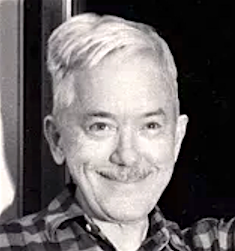TYPE DESIGN INFORMATION PAGE last updated on Mon Dec 1 14:17:30 EST 2025
FONT RECOGNITION VIA FONT MOOSE
|
|
|
|
Martinsville, Ohio-born illustrator, calligrapher, typographer, book designer, author, type designer and puppeteer, 1880-1956 (Hingham, MA). Pic (1955). All his typefaces were designed for the Mergenthaler Linotype Company, where he worked for 27 years. He also was Acting Director of the Harvard University Press, 1917-1918. In 1919, he founded the Society of Calligraphers, Boston, and was in fact an accomplished calligrapher, who drew many ornaments and designed many jackets. Dwiggins studied lettering under Goudy in Chicago while a student at Frank Holme's School of Illustration. When Goudy moved to Hingham, Dwiggins followed and was to work there for the rest of his life. As a puppeteer, he often used the pseudonym Dr. Hermann Puterschein. His papers:
Matt Desmond created Dwiggins Deco in 2009 and writes: This typeface was originally designed in 1930 by W.A. Dwiggins as the cover for the book "American Alphabets" by Paul Hollister. Only the 26 letters of the alphabet were included on the cover, so the rest of the numbers, punctuation, symbols, and accented characters have been crafted in a matching [art deco] style. A free version called Dwiggins Initials KK was designed in 2012 by John Wollring. Noteworthy also is Stefan Hattenbach's Dwiggins Script (2018), developed together with Glenn Sjökvist. Books about Dwiggins include Bruce Kennett's W.A. Dwiggins A Life in Design (2017, Letterform Archive). Linotype link. FontShop link. Klingspor link. MyFonts link. Bio by Nicholas Fabian. Flickr picture group for Dwiggins. View digital typefaces based on the work of Dwiggins. View W.A. Dwiggins's typefaces. |
EXTERNAL LINKS |
| | |
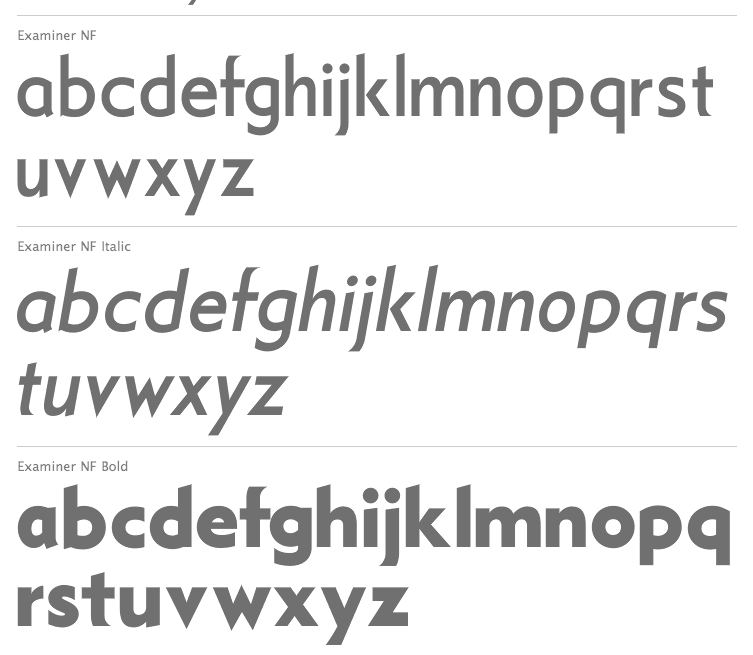
file name: Nick Curtis Examiner N F 2009 after Dwiggins Metro 1930s
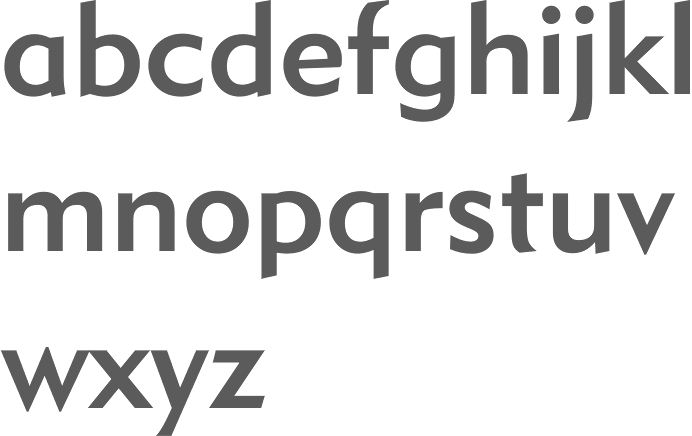
file name: Bitstream Geometric415 Medium after William Addison Dwiggins Metro 1929
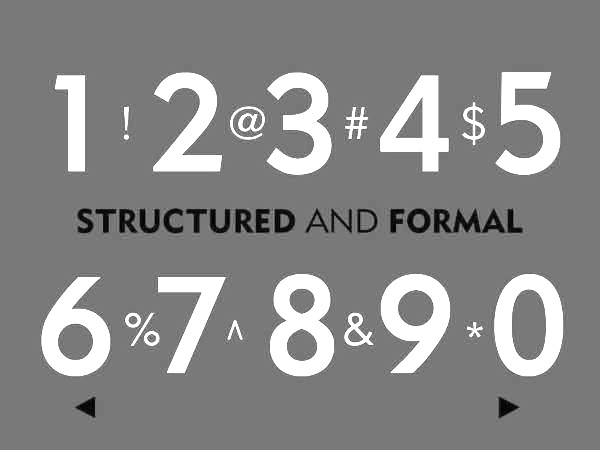
file name: William Addison Dwiggins Metro 1929 Poster by Cody Lewis 2014
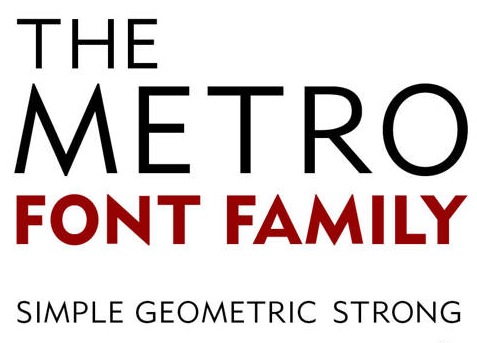
file name: William Addison Dwiggins Metro 1929b
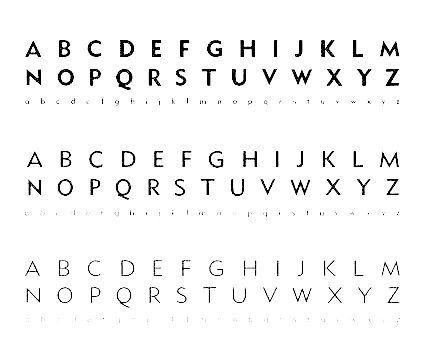
file name: William Addison Dwiggins Metro 1929c

file name: William Addison Dwiggins Metro 1929 Poster by Priscilla Vozella 2014

file name: William Addison Dwiggins Metro 1929 Poster by Lullu Makhaye 2017
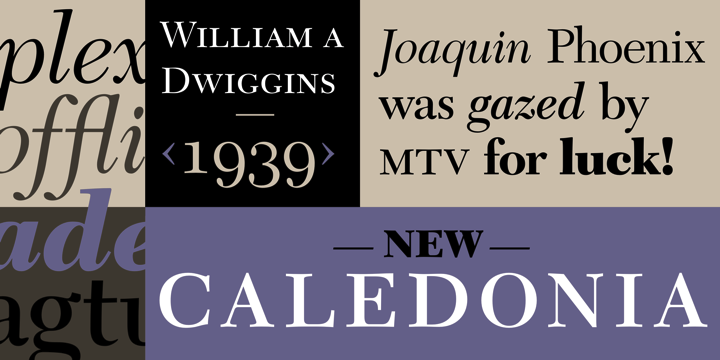
file name: William A Dwiggins New Caledonia 1939f
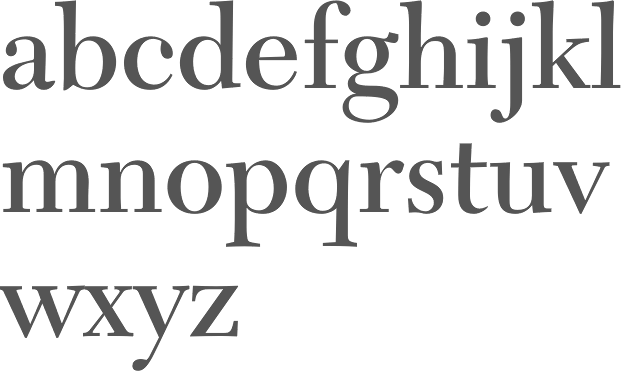
file name: William A Dwiggins New Caledonia Semi Bold 1939
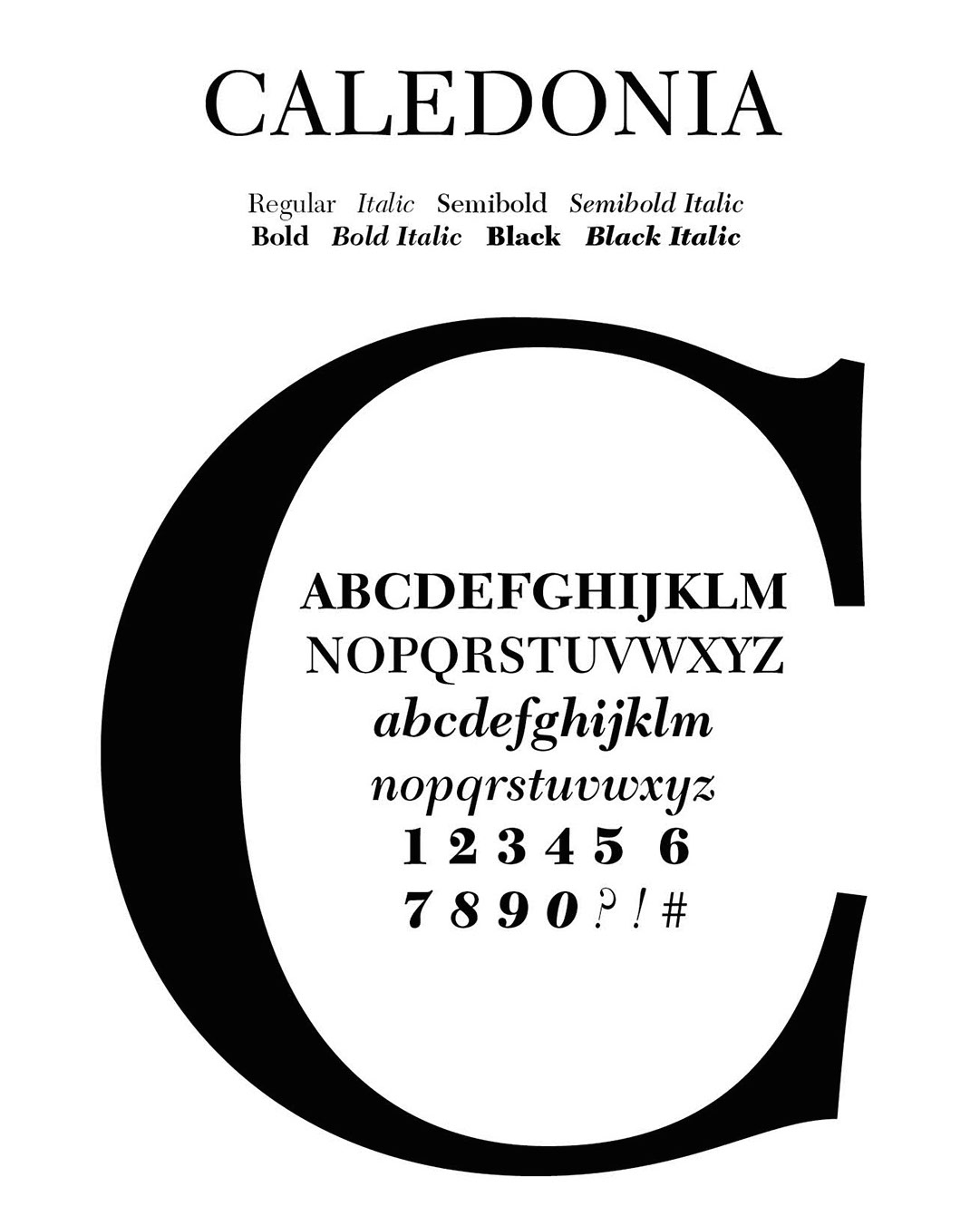
file name: W A Dwiggins Caledonia 1938 Poster by Michelle Uzomba 2015
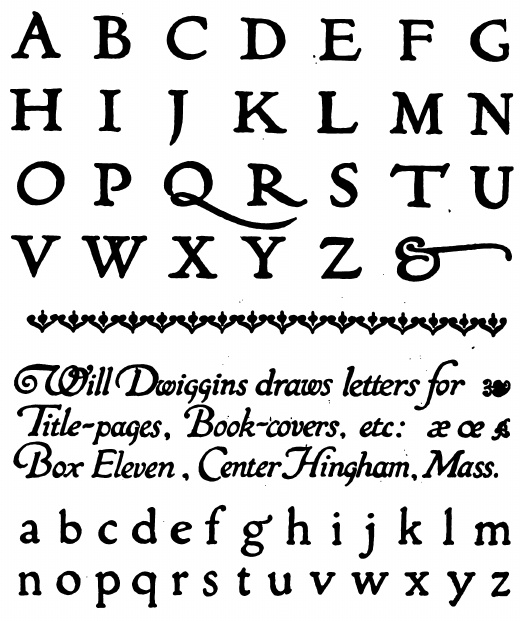
file name: William A Dwiggins Roman Alphabet
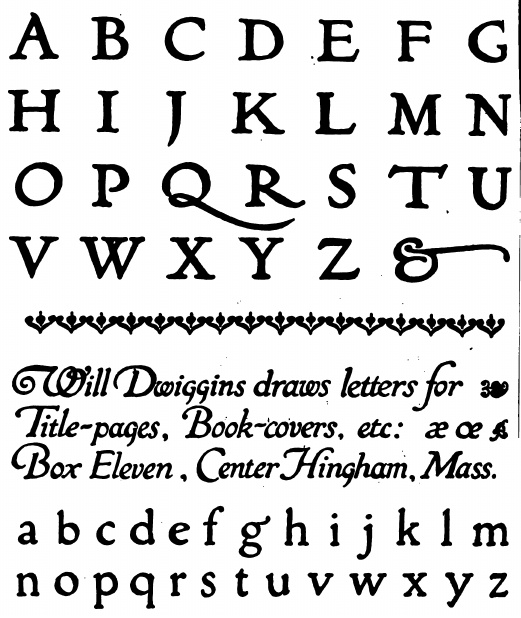
file name: William A Dwiggins Roman Capitals

file name: William Addison Dwiggins Eldorado 1946 Font Bureau 1997

file name: William Addison Dwiggins Experimental No223 Newsface Hingham 1937 1943

file name: William Addison Dwiggins Experimental No249 Falcon 1961

file name: William Addison Dwiggins Falcon 1961
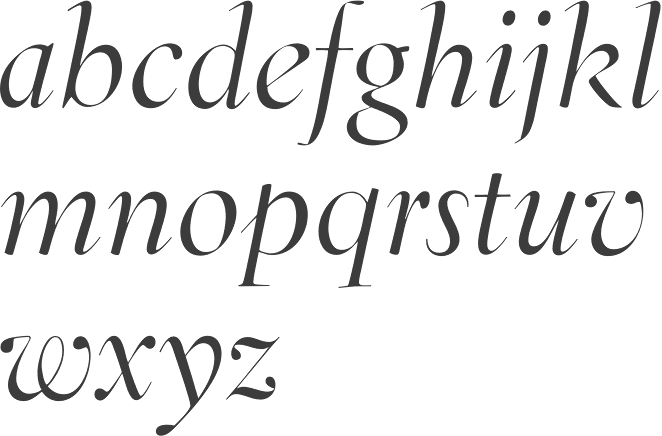
file name: David Berlow Jane Patterson Tobias Frere Jones Tom Rickner Eldorado Display Italic 1993 1994

file name: David Berlow Jane Patterson Tobias Frere Jones Tom Rickner Eldorado Display Roman 1993 1994
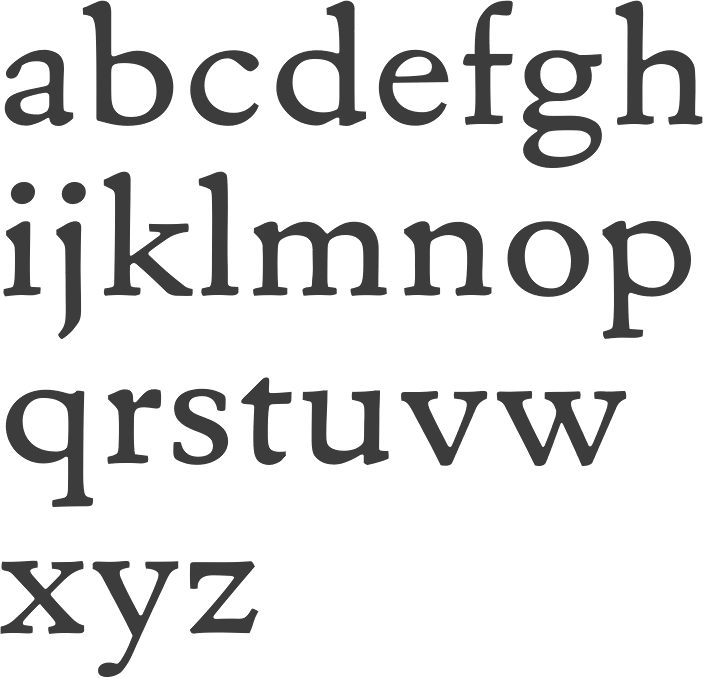
file name: David Berlow Jane Patterson Tobias Frere Jones Tom Rickner Eldorado Micro Roman 1993 1994
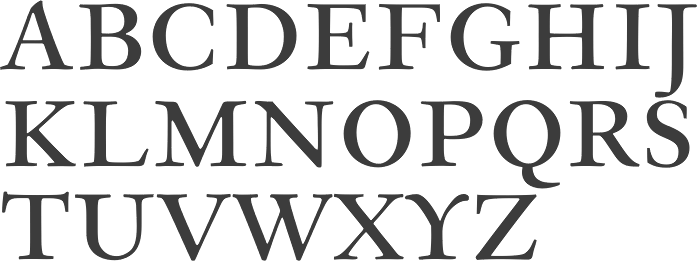
file name: David Berlow Jane Patterson Tobias Frere Jones Tom Rickner Eldorado Text Light S C 1993 1994
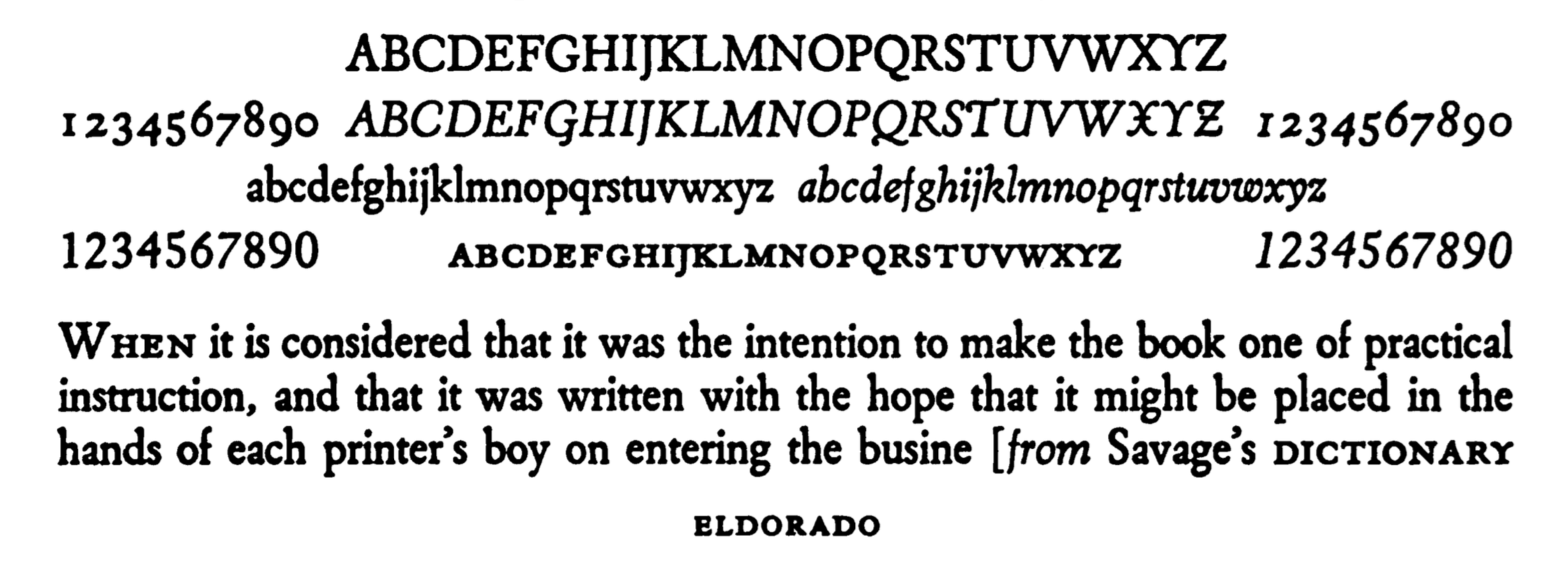
file name: William Addison Dwiggins Eldorado 1951
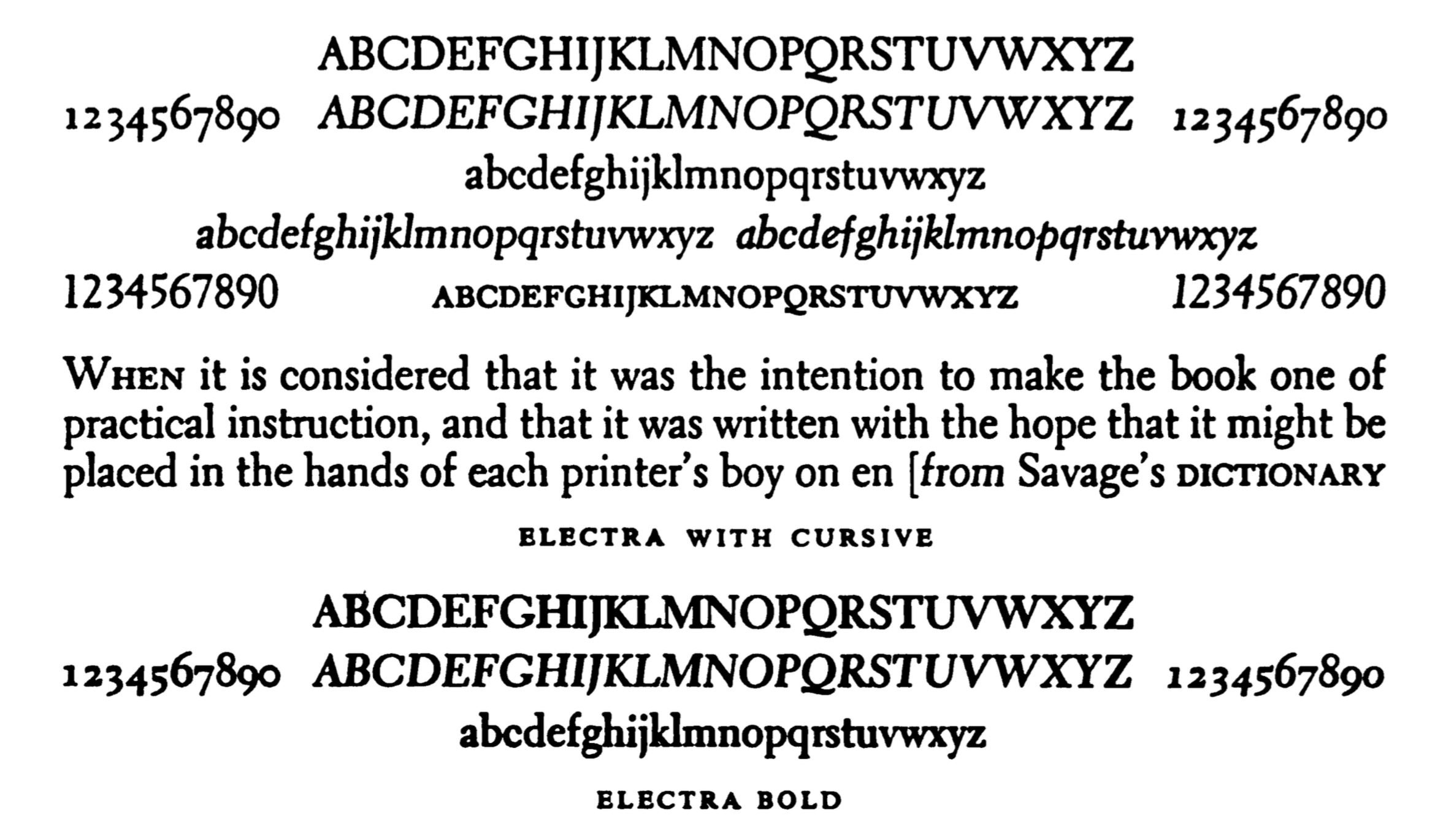
file name: William Addison Dwiggins Electra 1935

file name: William Addison Dwiggins Electra Bold 1935
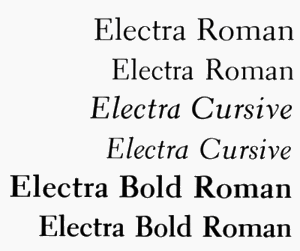
file name: W A Dwiggins Electra 1934
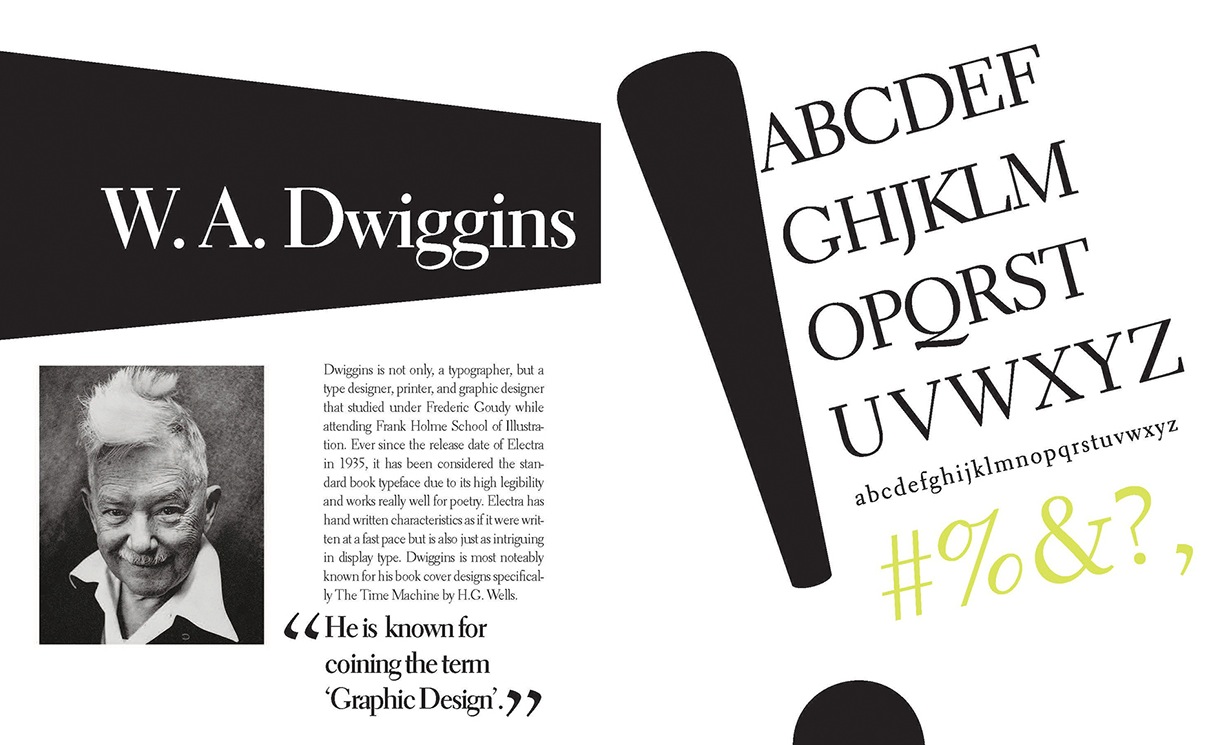
file name: W A Dwiggins Electra 1935 Poster by Ashley Shepard 2014
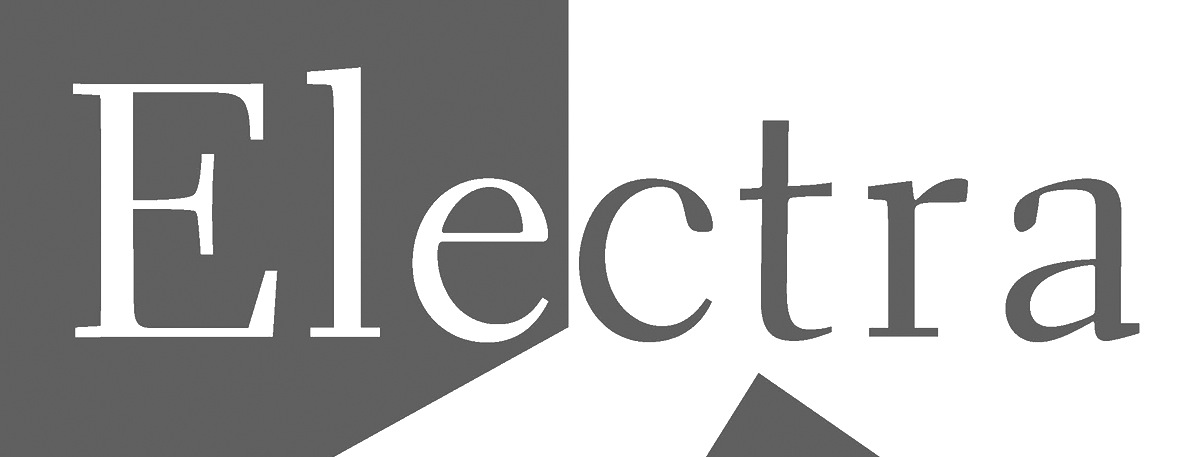
file name: W A Dwiggins Electra 1935 Poster by Ashley Shepard 2014b

file name: W A Dwiggins Electra 1935 Poster by Angela Cannavo 2015
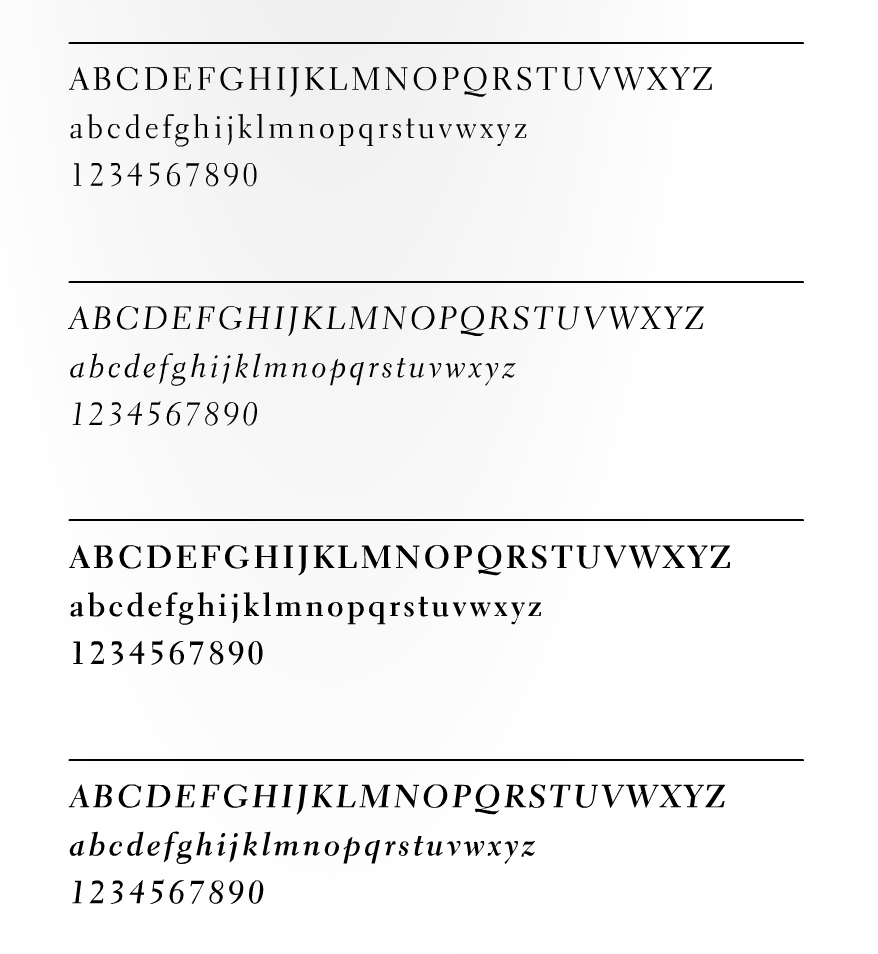
file name: W A Dwiggins Electra 1935 Poster by Angela Cannavo 2015a
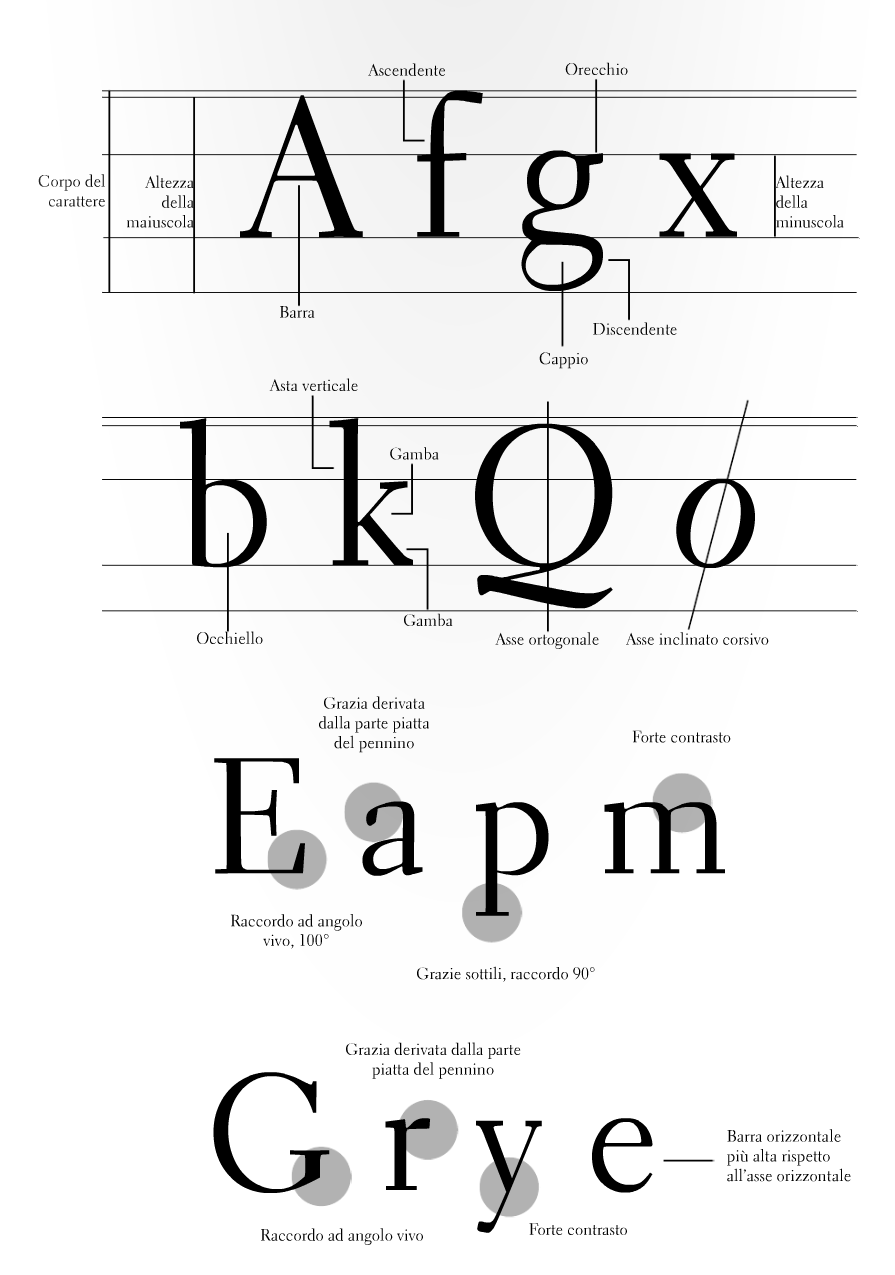
file name: W A Dwiggins Electra 1935 Poster by Angela Cannavo 2015b

file name: W A Dwiggins Electra 1935 Poster by Angela Cannavo 2015c

file name: W A Dwiggins Electra 1935 Poster by Angela Cannavo 2015d
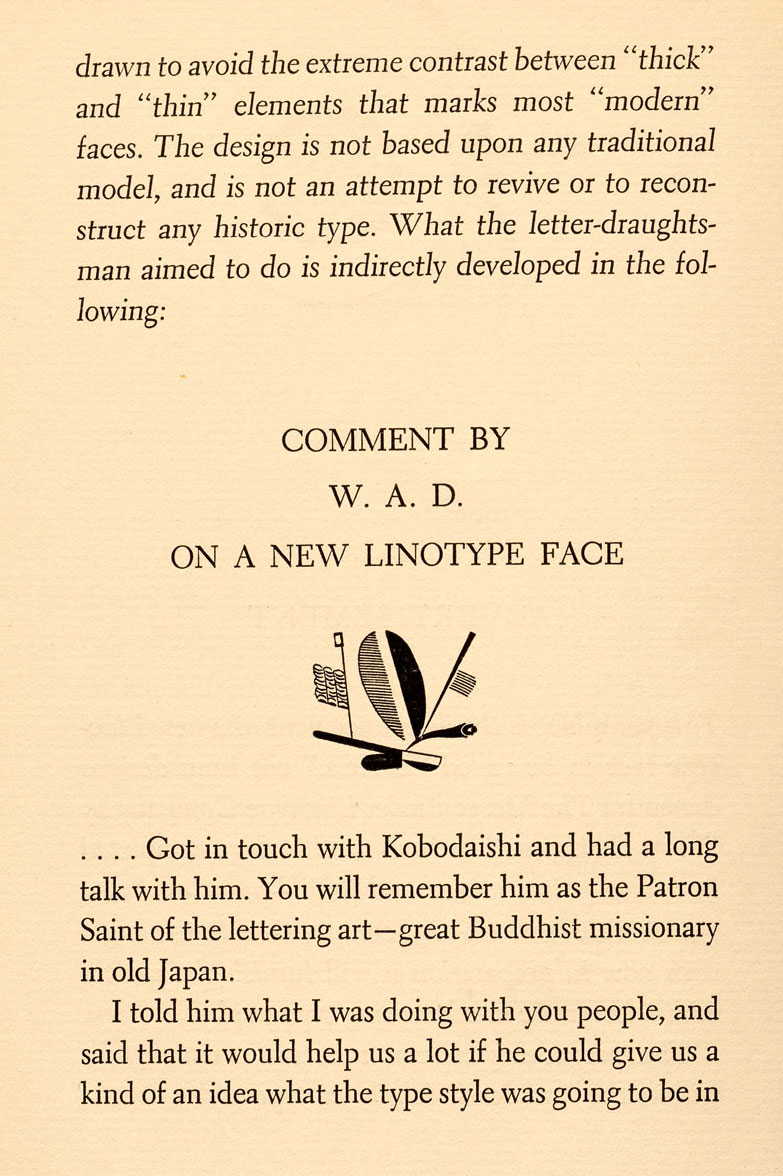
file name: W A Dwiggins Electra
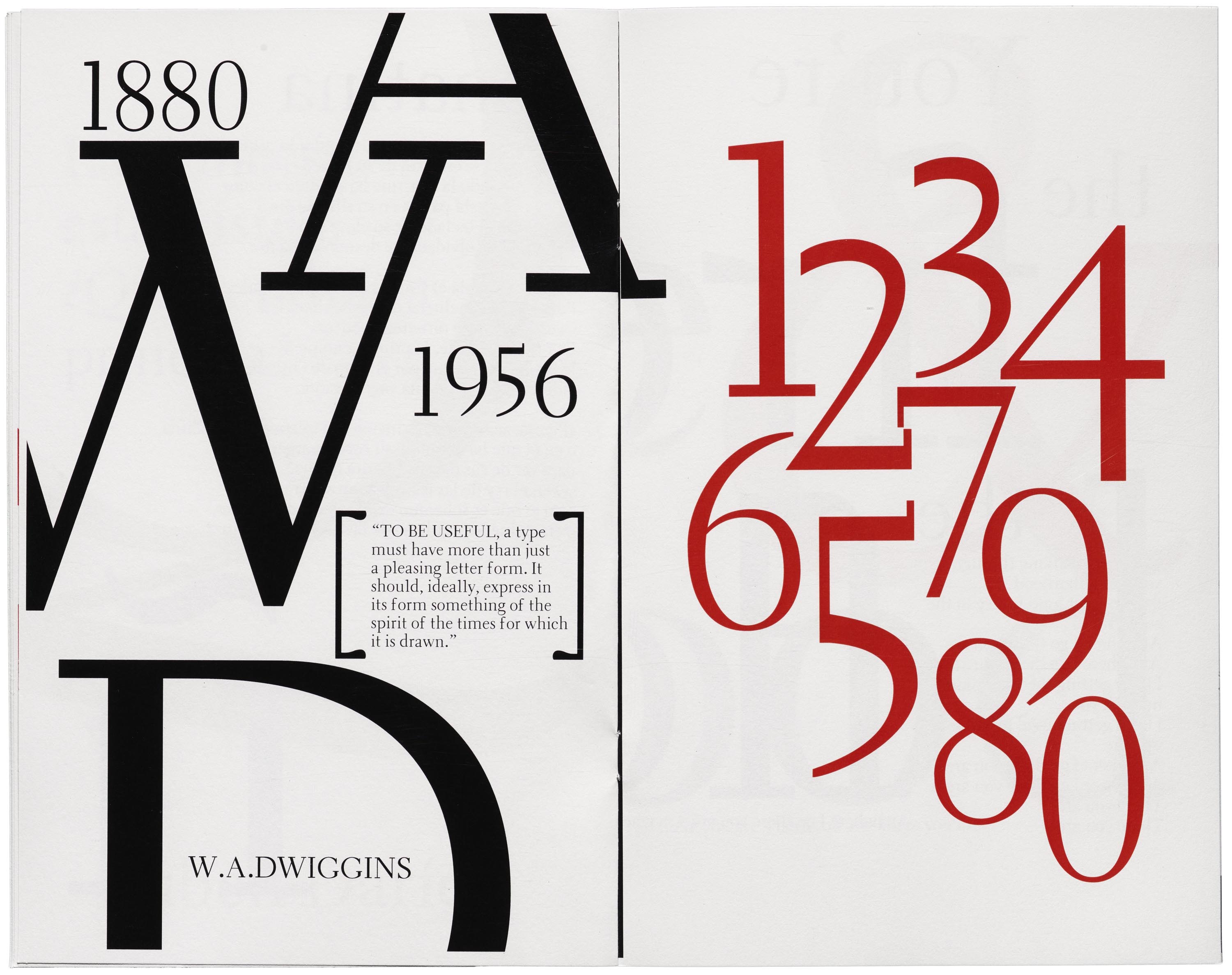
file name: Laura Garcia Azzalea 2018 after W A Dwiggins Electra 1935
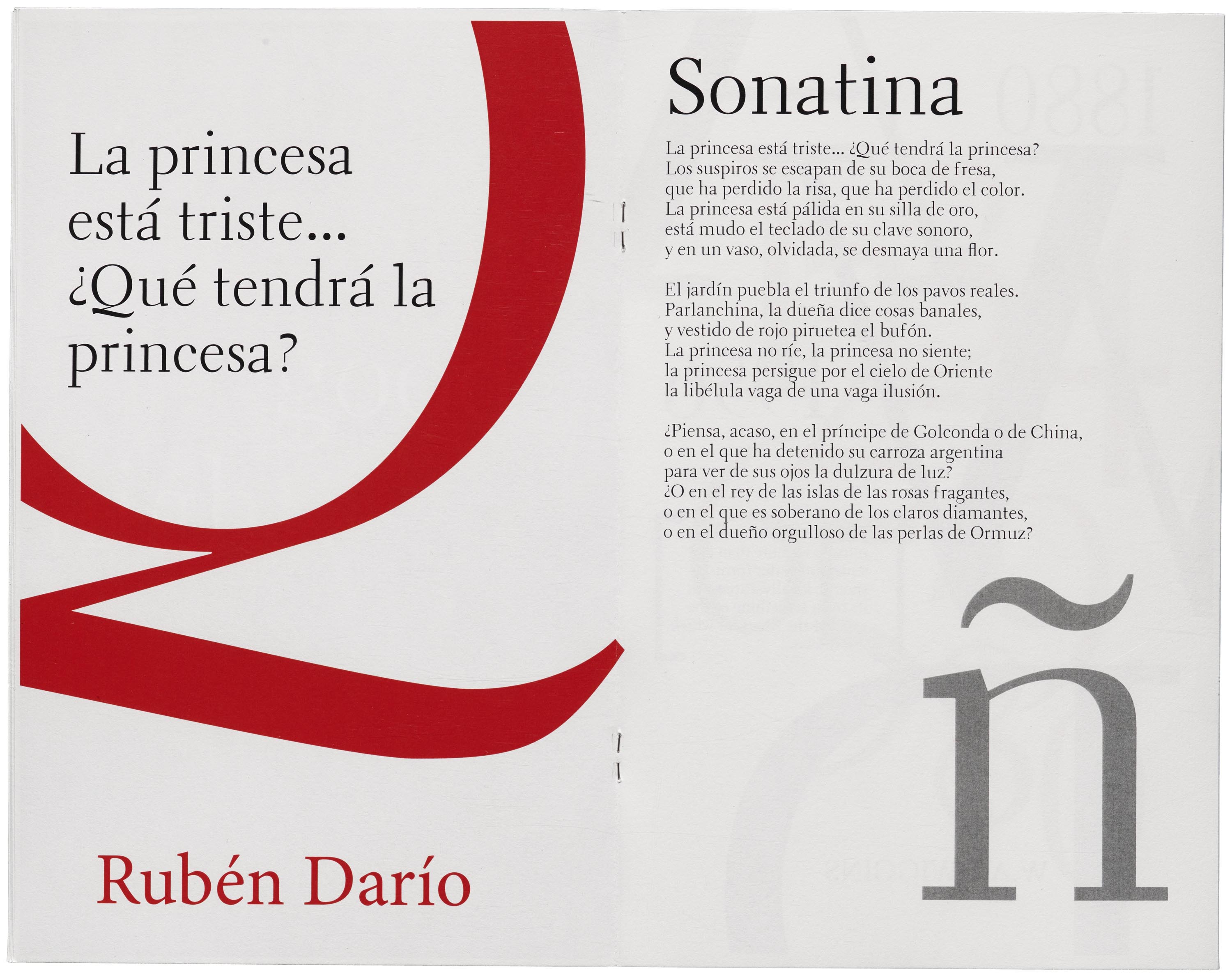
file name: Laura Garcia Azzalea 2018 after W A Dwiggins Electra 1935
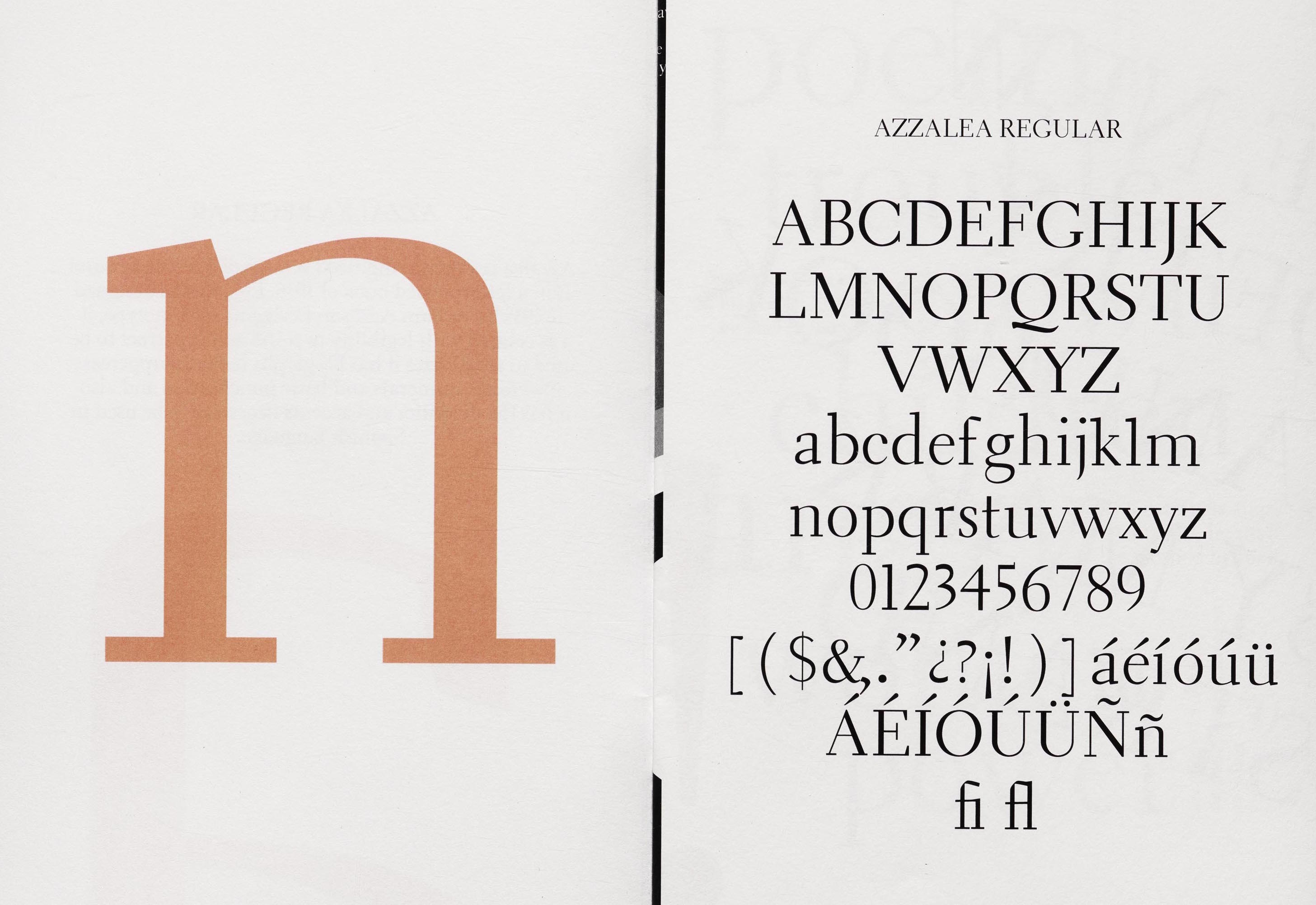
file name: Laura Garcia Azzalea 2018 after W A Dwiggins Electra 1935
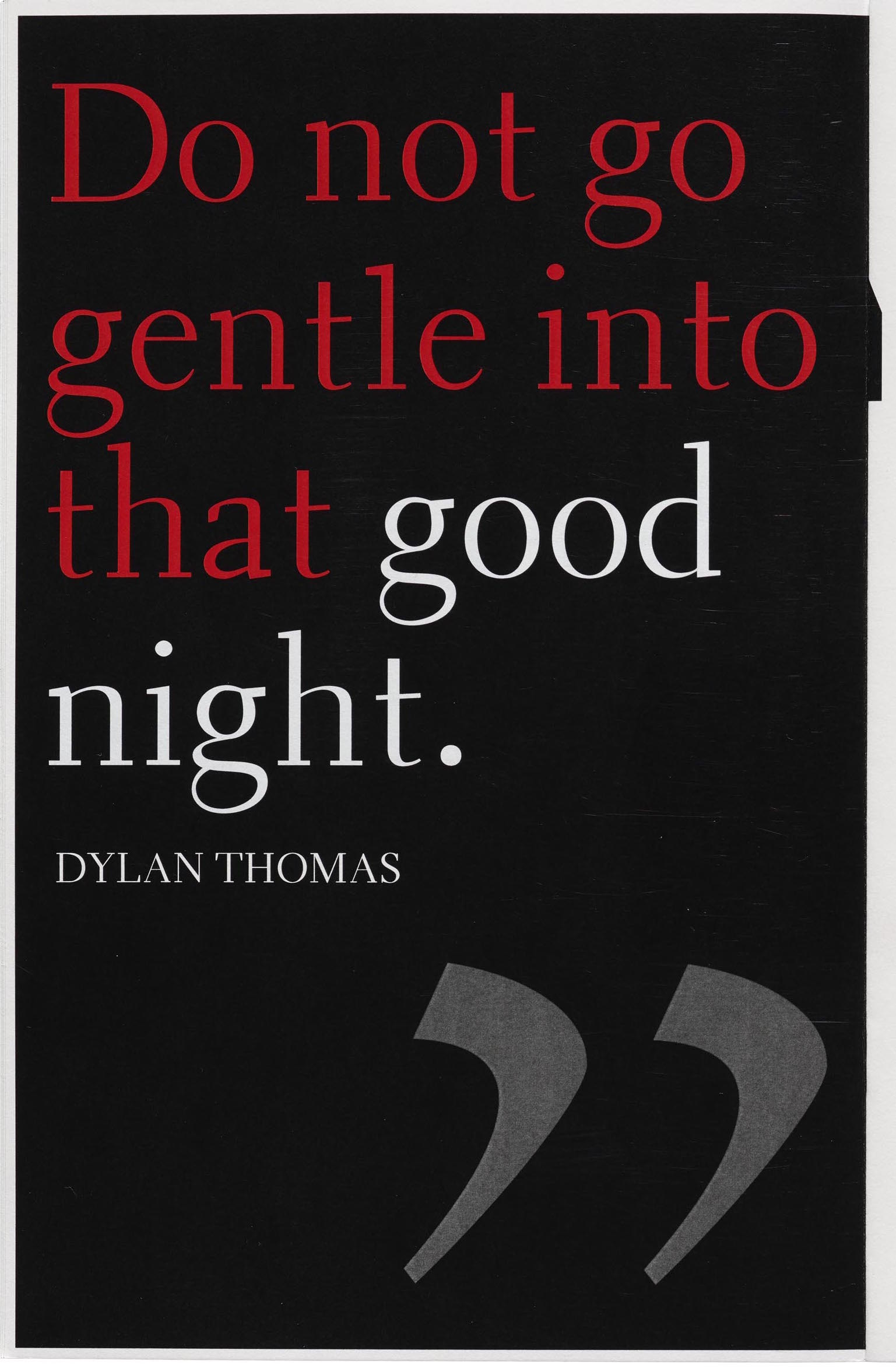
file name: Laura Garcia Azzalea 2018 after W A Dwiggins Electra 1935
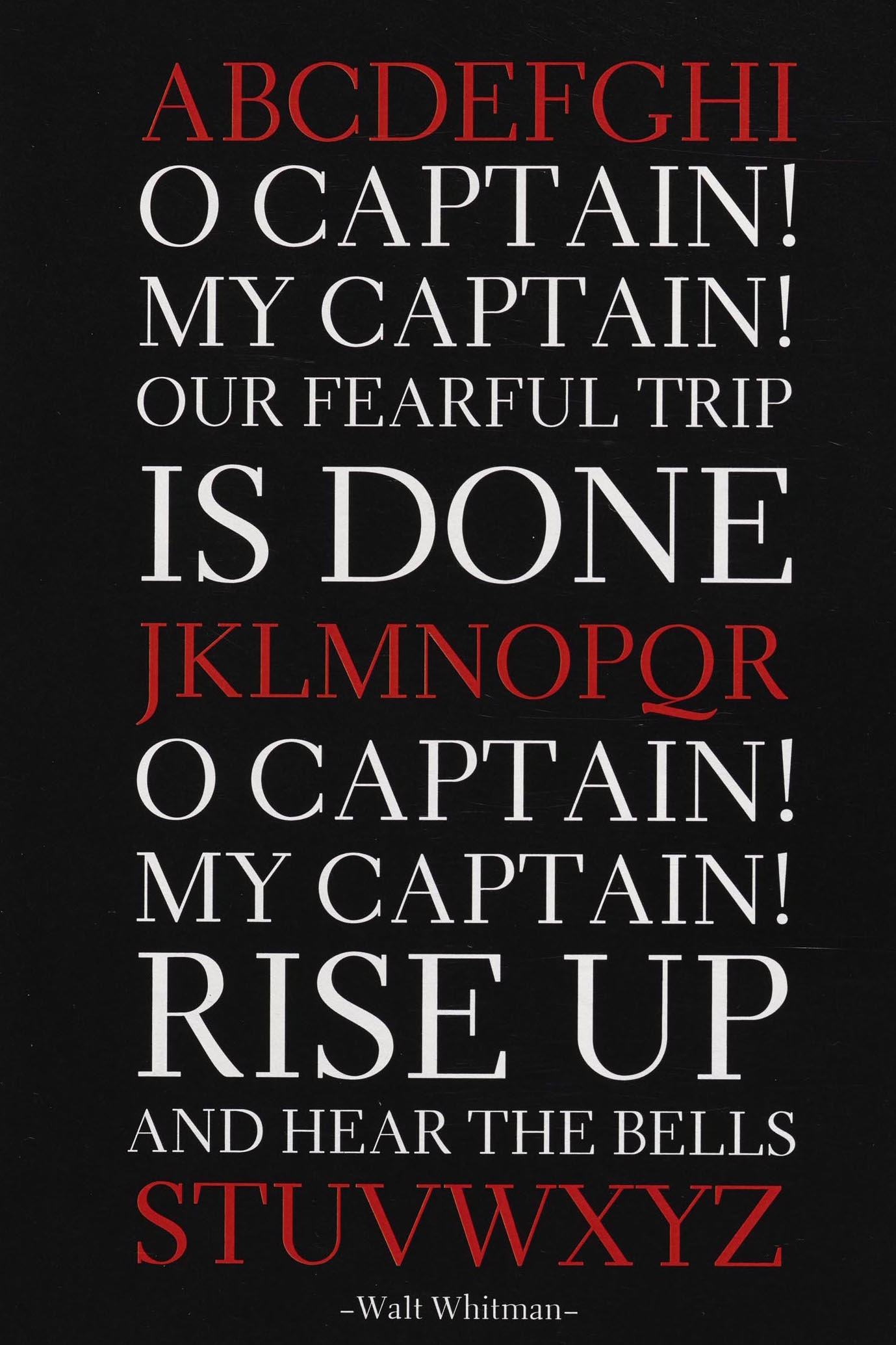
file name: Laura Garcia Azzalea 2018 after W A Dwiggins Electra 1935
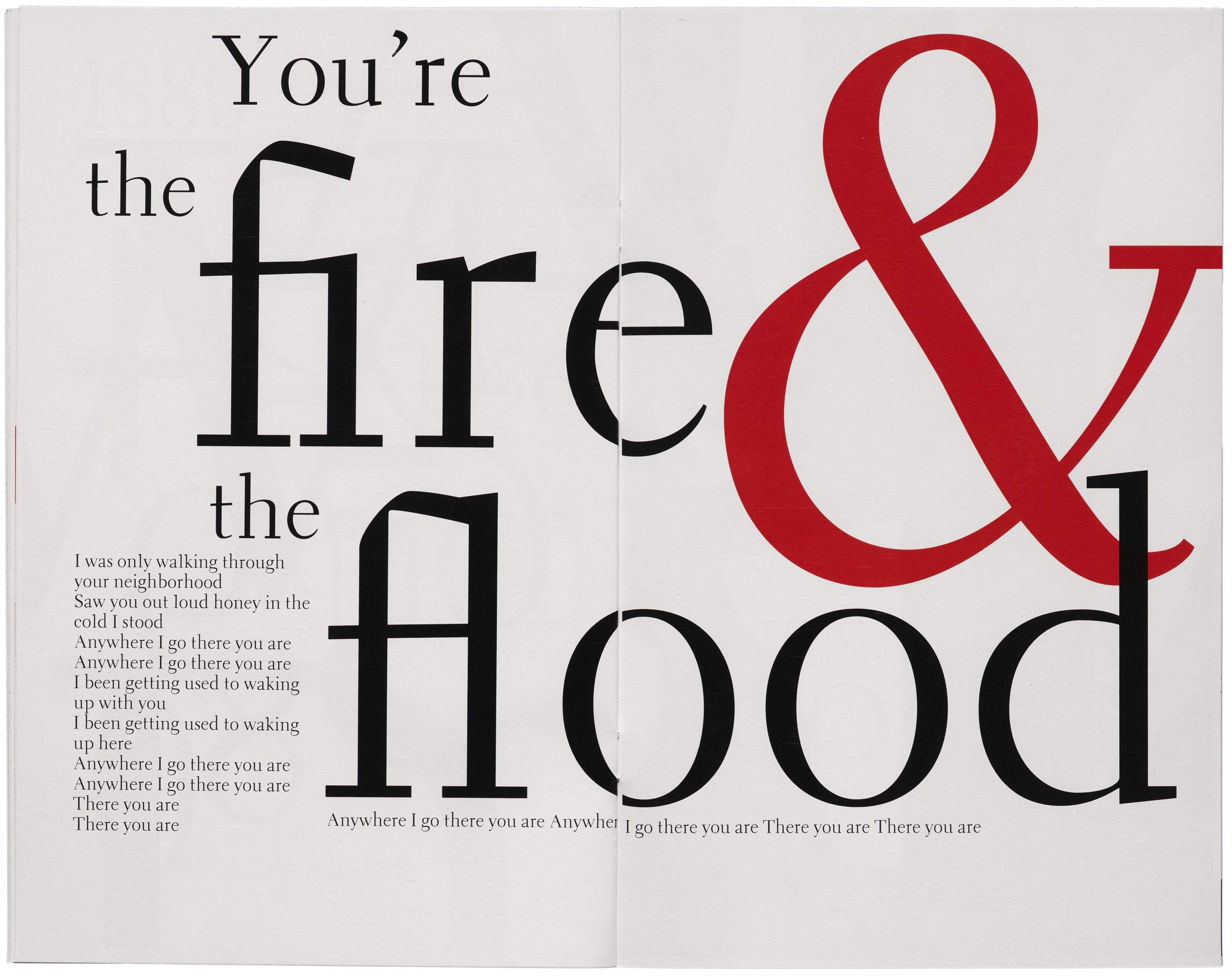
file name: Laura Garcia Azzalea 2018 after W A Dwiggins Electra 1935
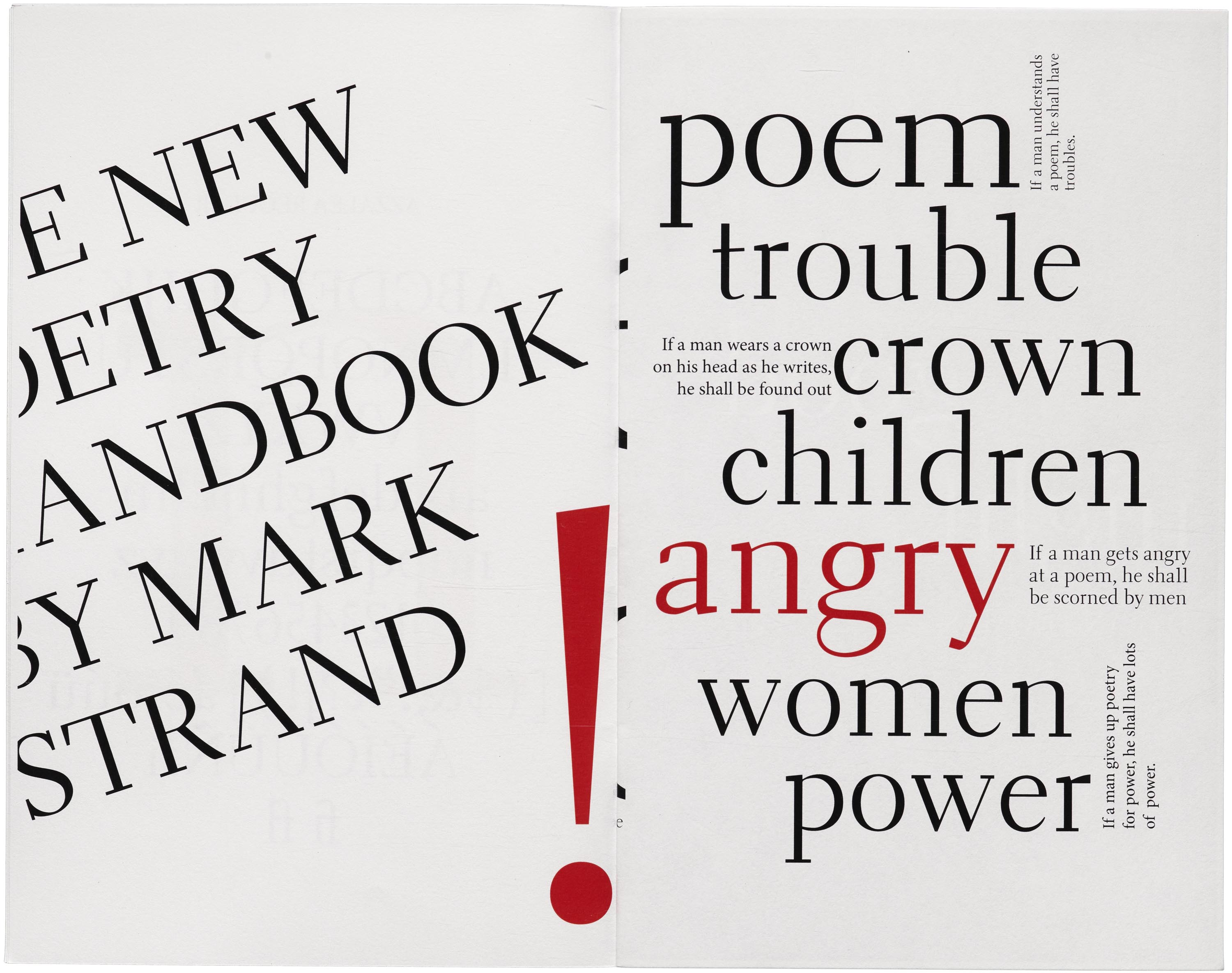
file name: Laura Garcia Azzalea 2018 after W A Dwiggins Electra 1935

file name: Laura Garcia Azzalea 2018 after W A Dwiggins Electra 1935

file name: Laura Garcia Azzalea 2018 after W A Dwiggins Electra 1935

file name: Jim Parkinson Parkinson Electra 2010 based on W A Dwiggins Electra
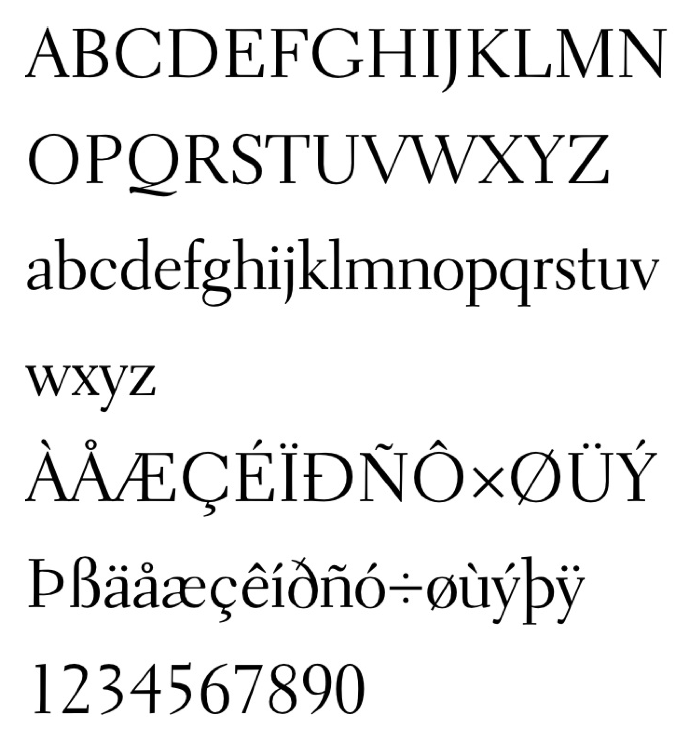
file name: Jim Parkinson Parkinson Electra 2010 based on W A Dwiggins Electra
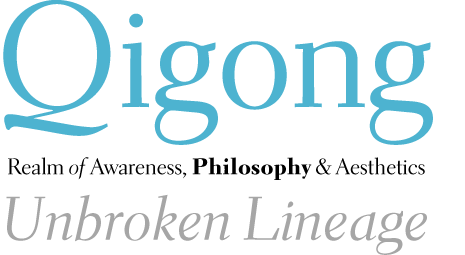
file name: Jim Parkinson Parkinson Electra 2012 based on W A Dwiggins Electra
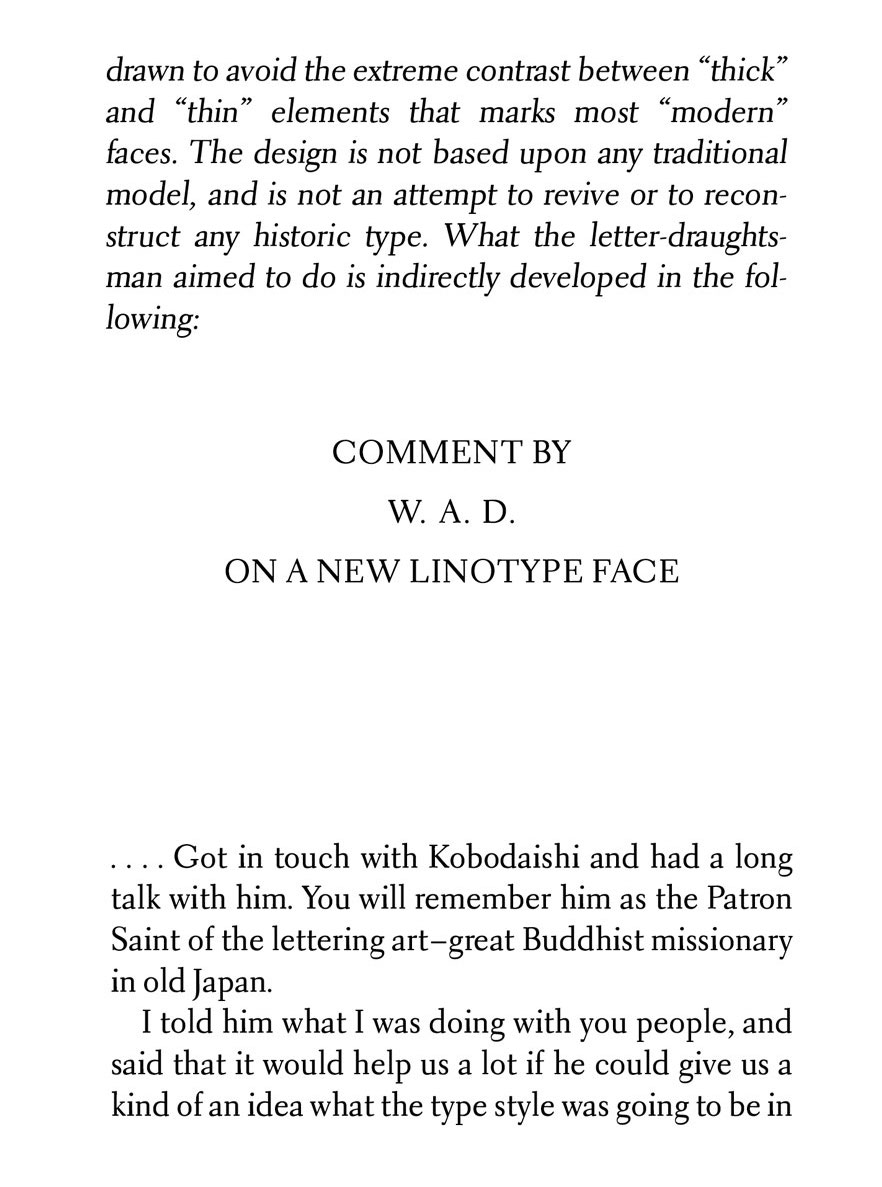
file name: Jim Parkinson Aluminia 2017 based on W A Dwiggins Electra
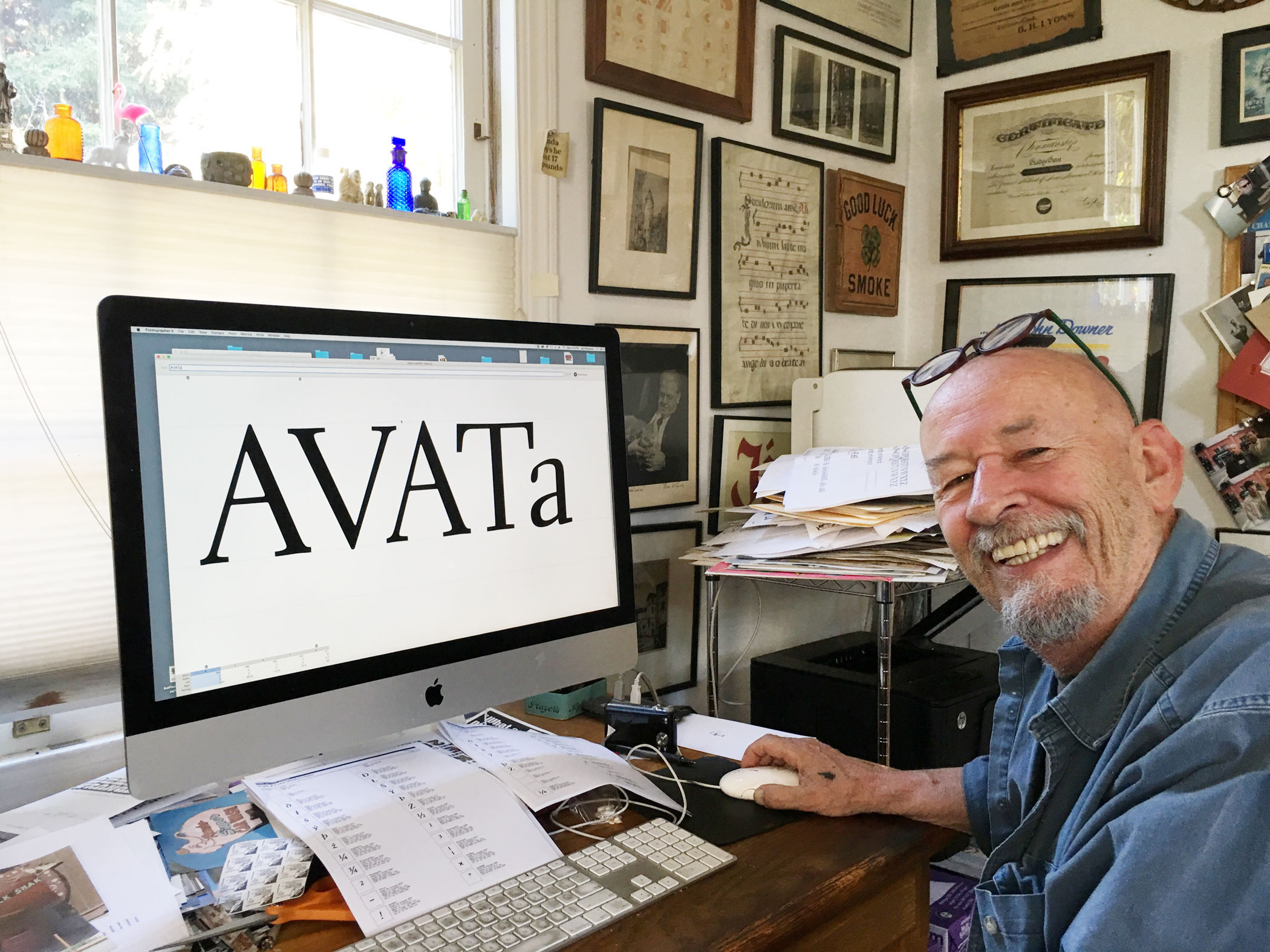
file name: Jim Parkinson working on Aluminia 2017

file name: William Addison Dwiggins Experimental No221 Brochure Arcadia 1943 1947

file name: William Addison Dwiggins Experimental No265 Arcadia Oldface 1943 1947
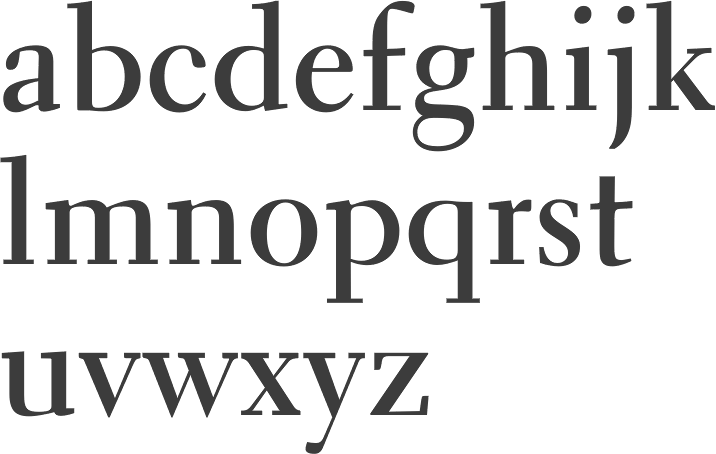
file name: Bitstream Tilde Transitional521
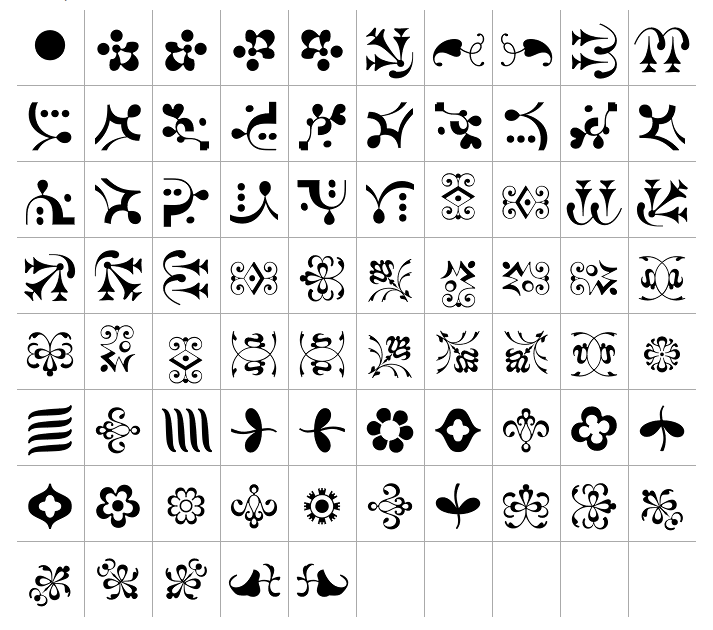
file name: W A Dwiggins Caravan One Linotype 1938 1976
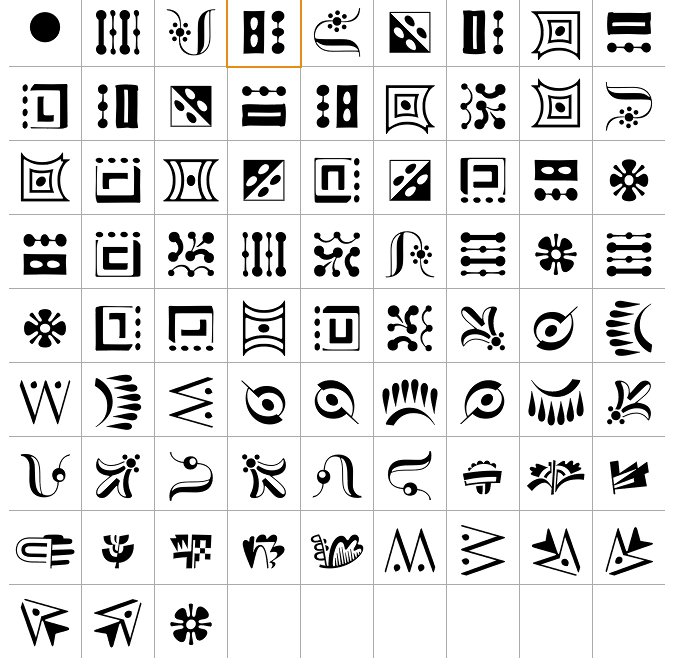
file name: W A Dwiggins Caravan Three Linotype 1938 1976
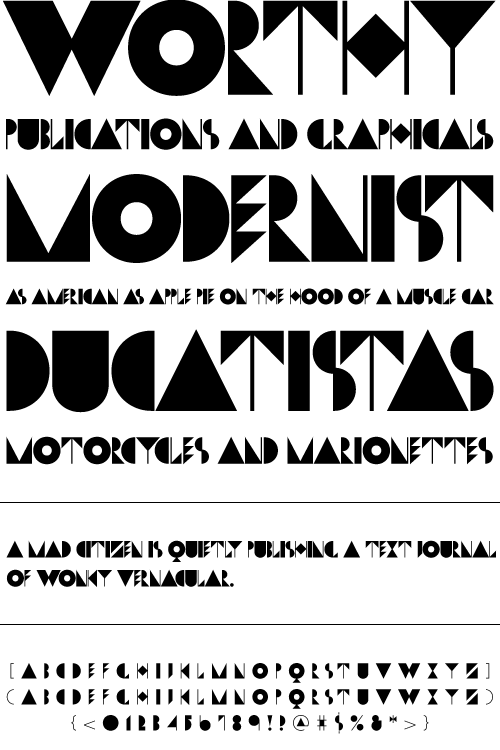
file name: M A D Type Dwiggins Deco 2009

file name: John Wollring Dwiggins Initials K K 2012

file name: John Wollring Dwiggins Initials K K 2012b
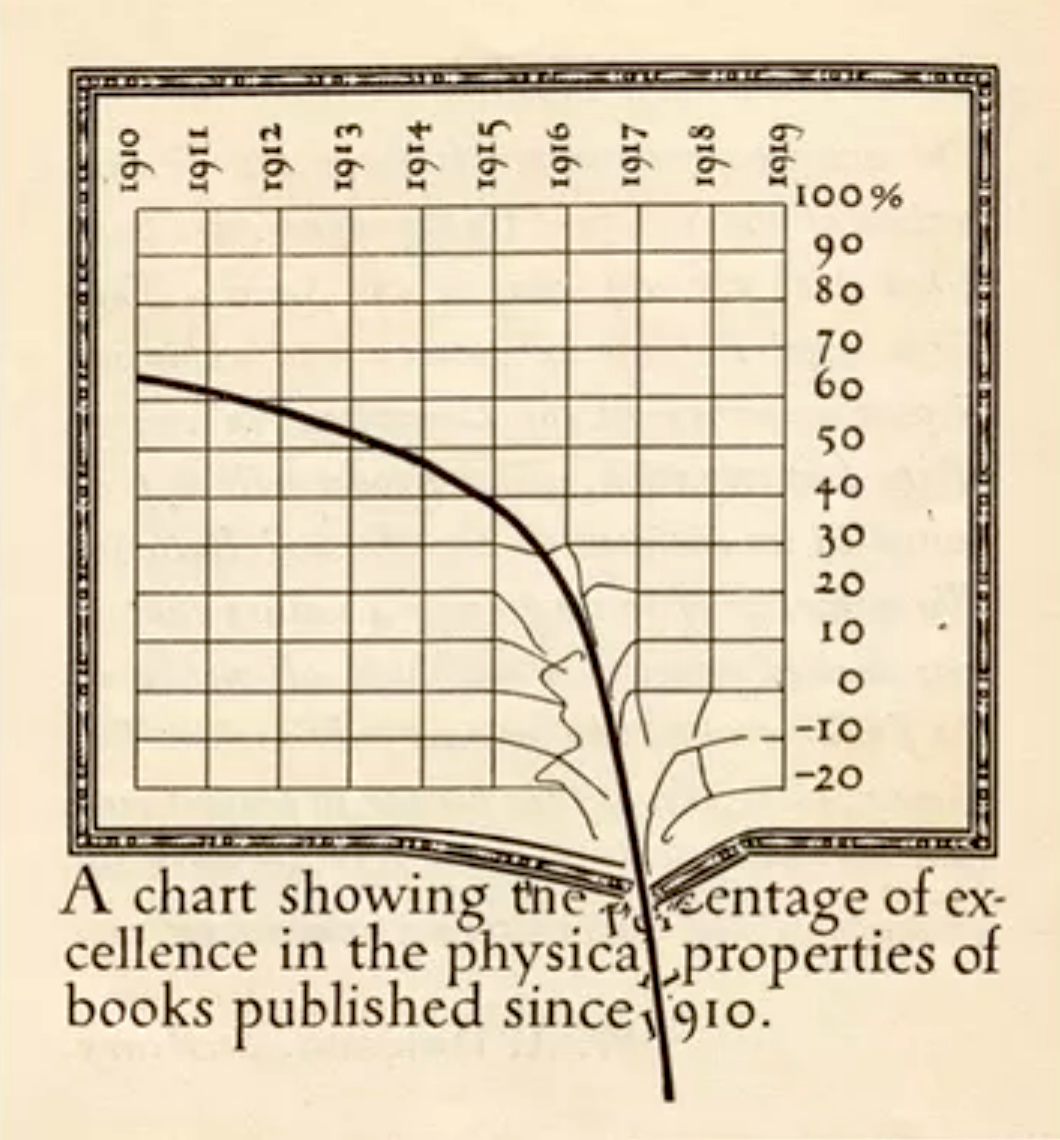
file name: W A Dwiggins chart 1919
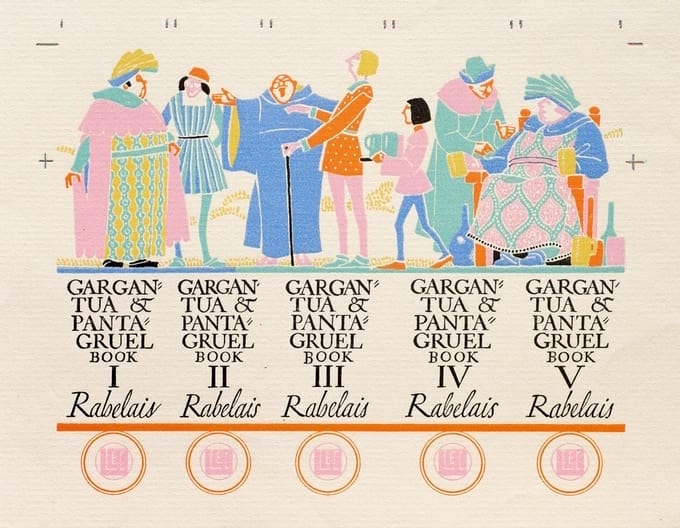
file name: William A Dwiggins Labels for Limited Editions Club 1936
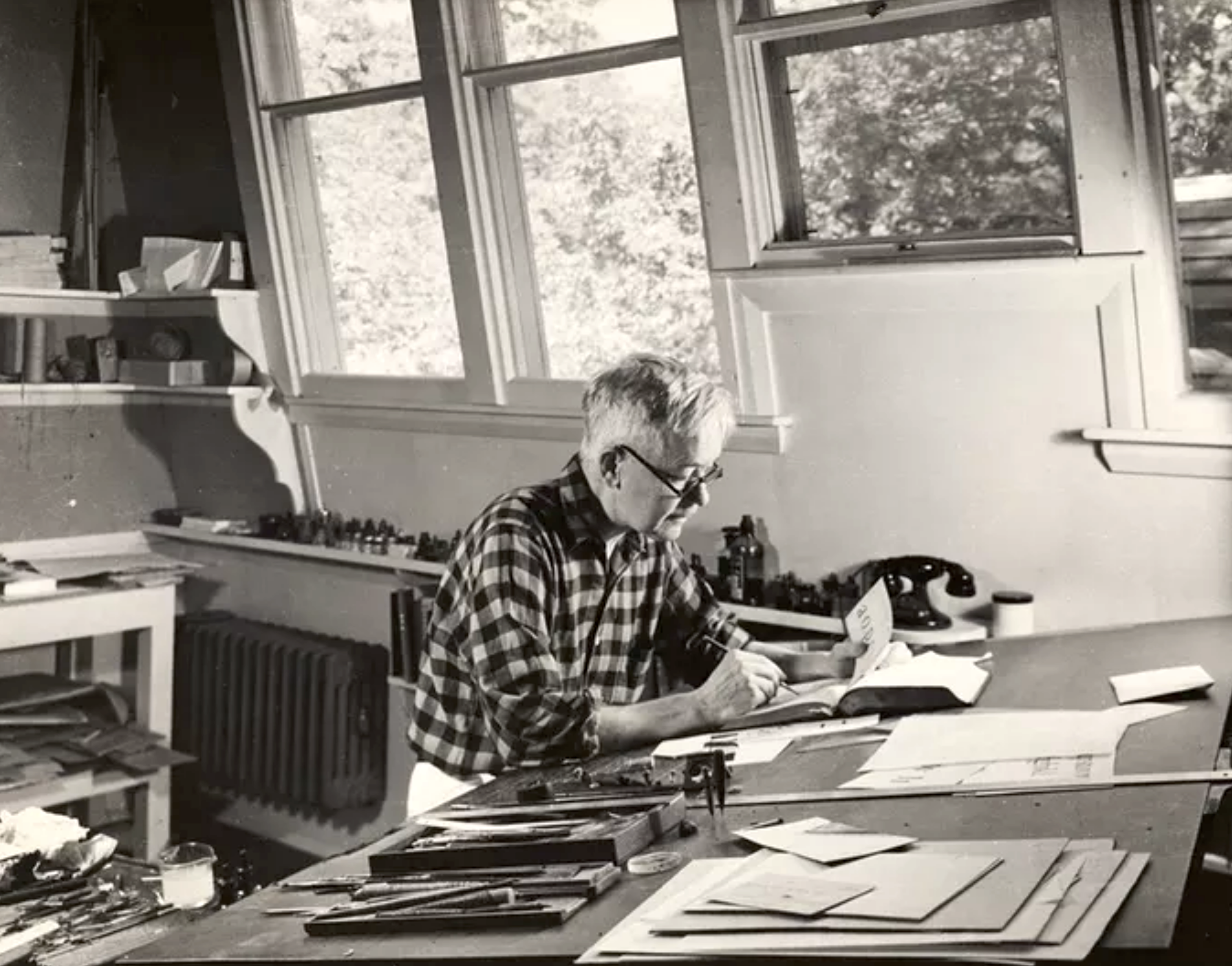
file name: W A D Dwiggins In His Studio ca1940
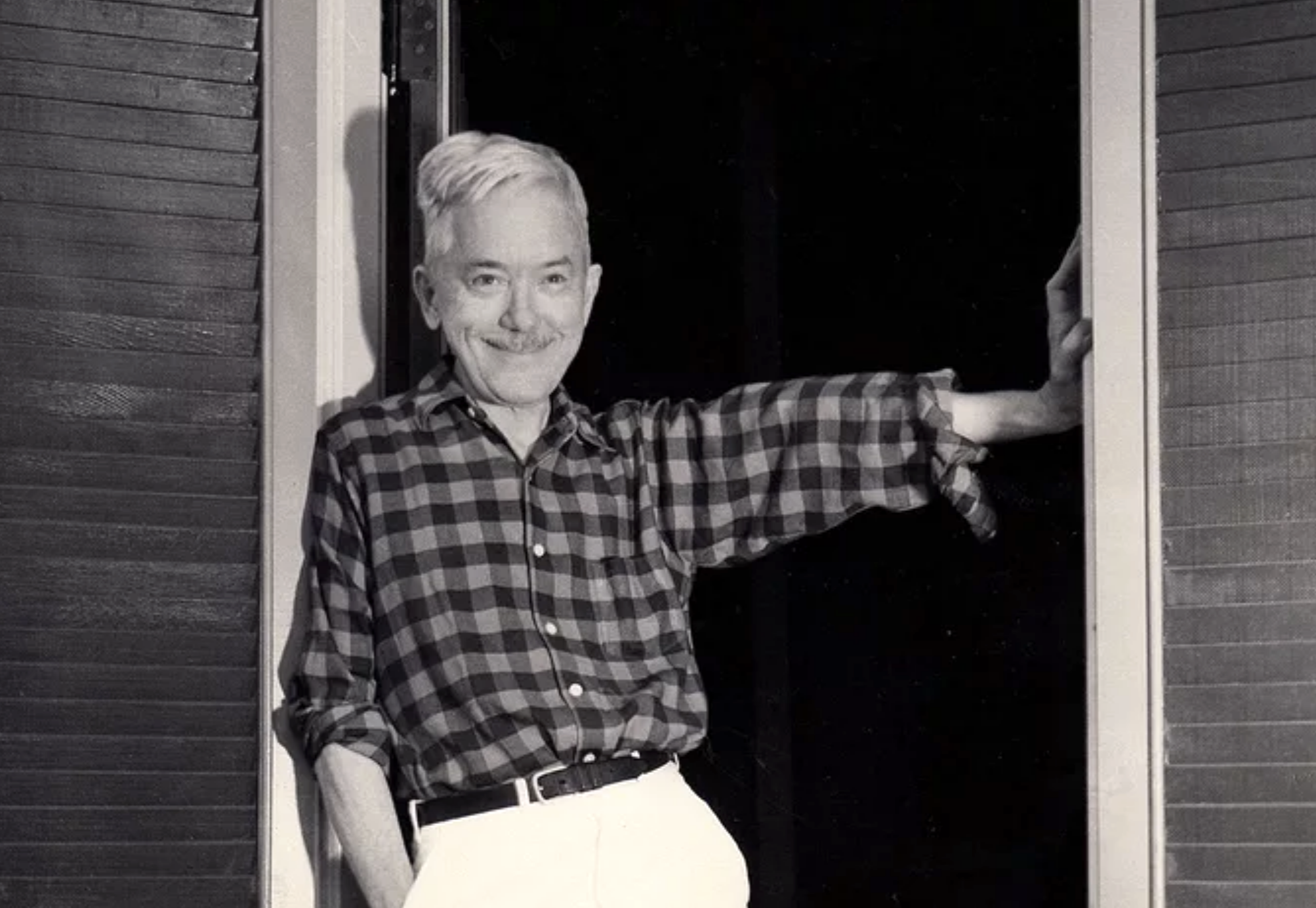
file name: W A Dwiggins 1941 pic by Robert Yarnall Richie
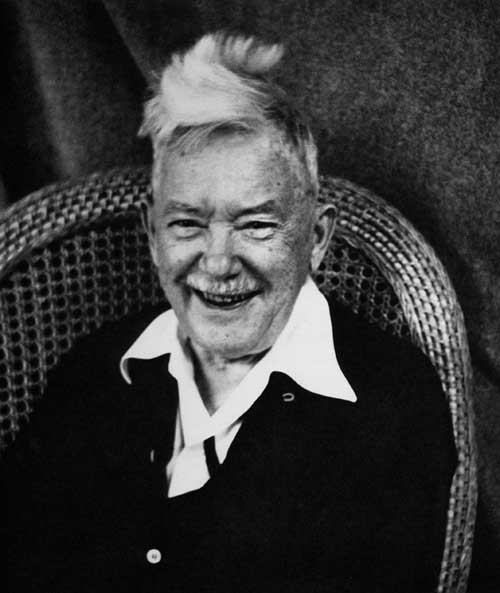
file name: W A Dwiggins Pic 1955
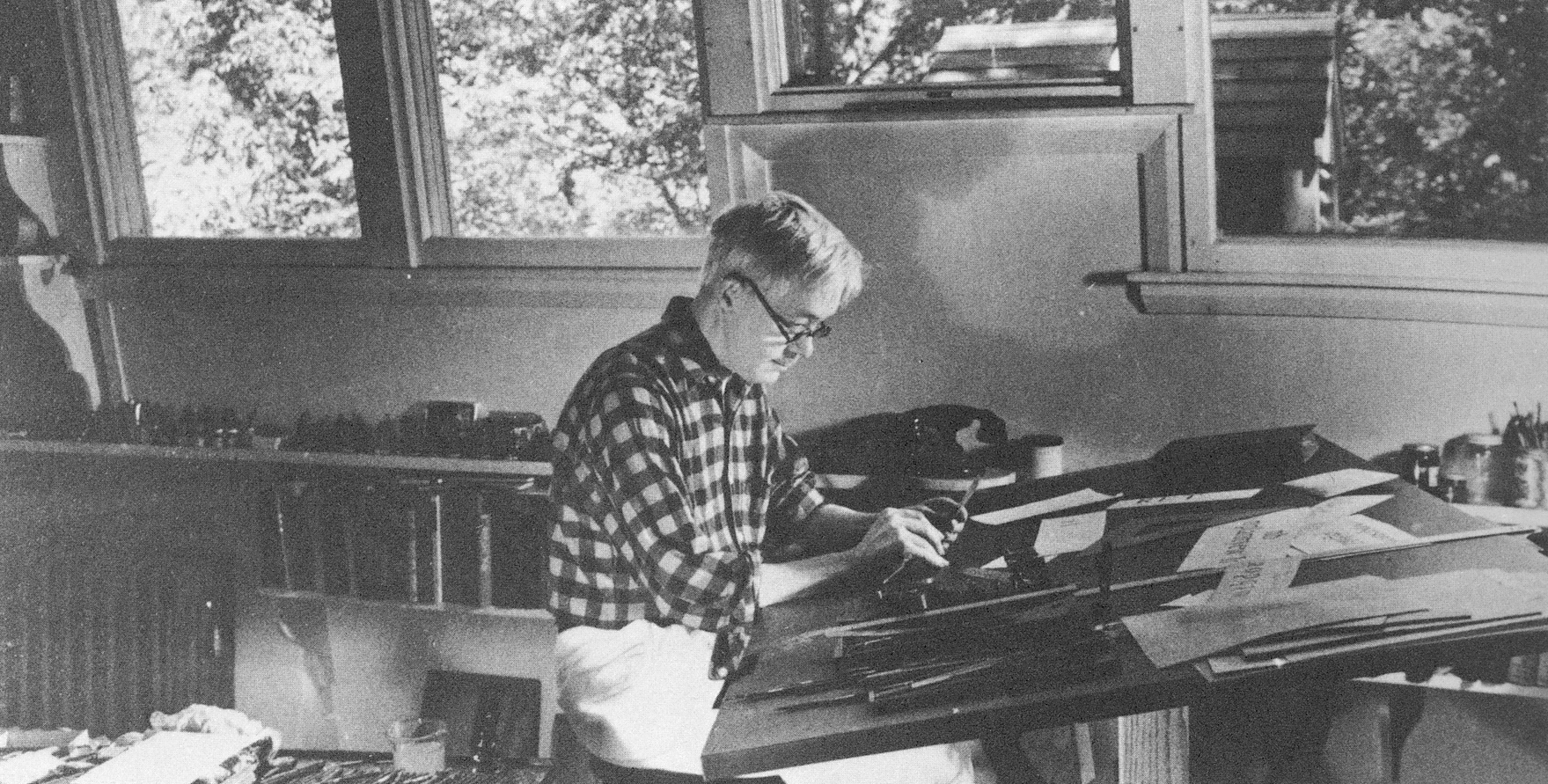
file name: W A Dwiggins Picture by Robert Yarnell Ritchie
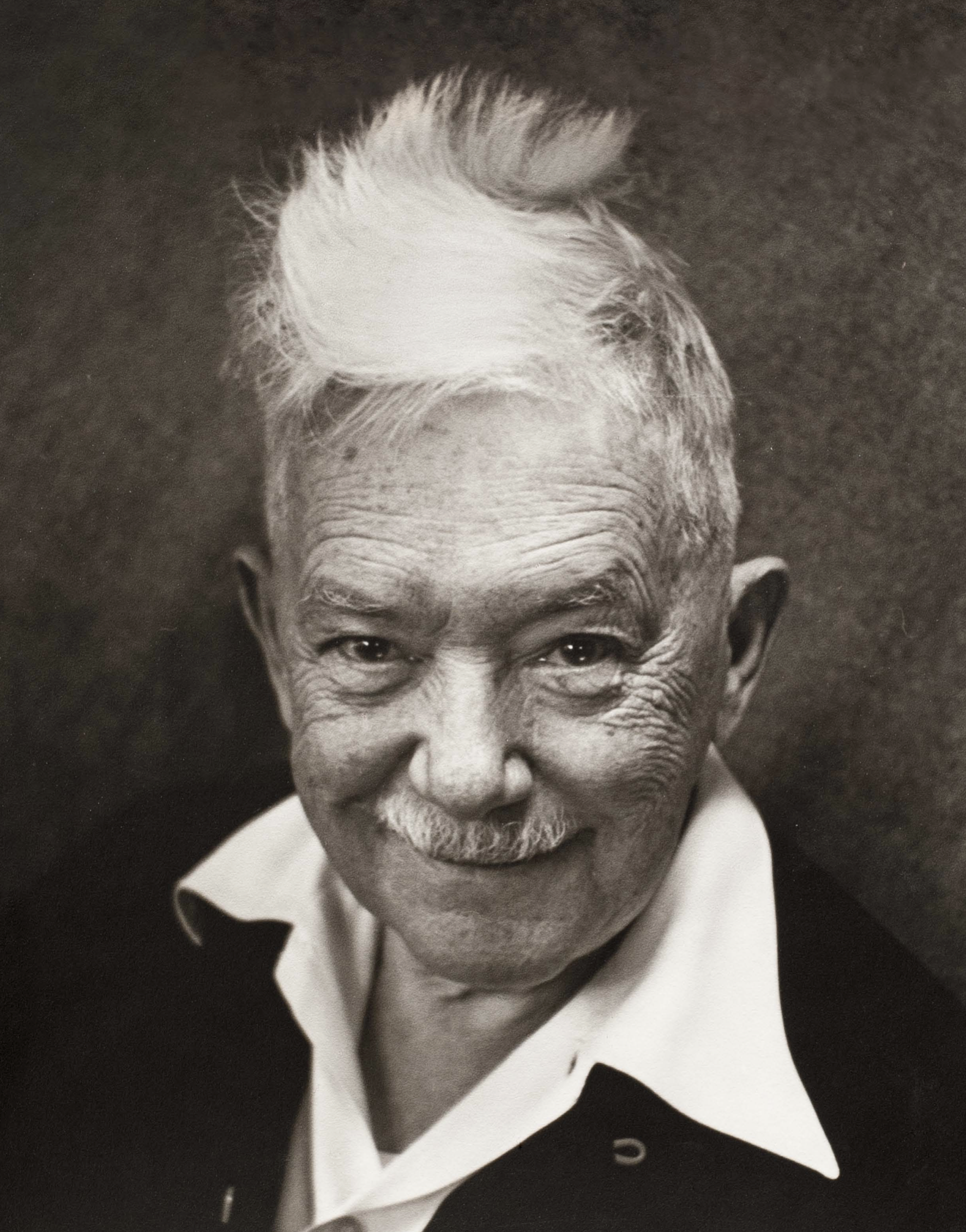
file name: W A Dwiggins Pic
| | |
|
Luc Devroye ⦿ School of Computer Science ⦿ McGill University Montreal, Canada H3A 2K6 ⦿ lucdevroye@gmail.com ⦿ https://luc.devroye.org ⦿ https://luc.devroye.org/fonts.html |

